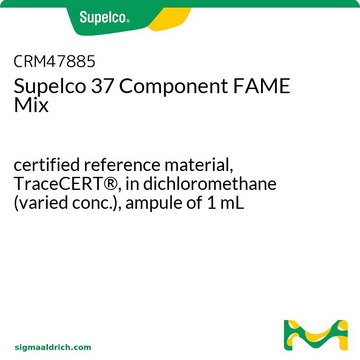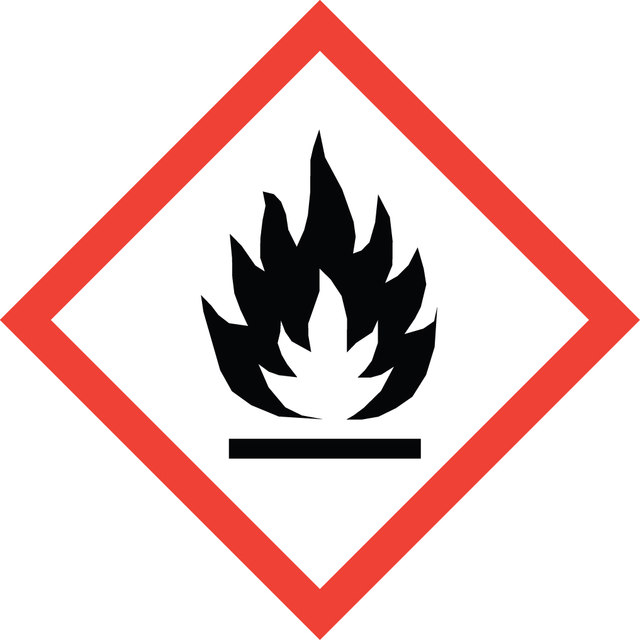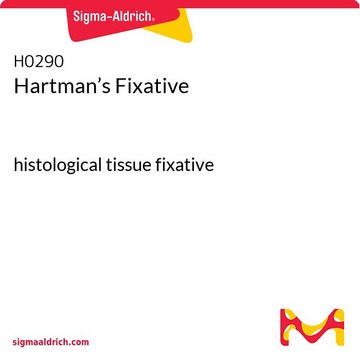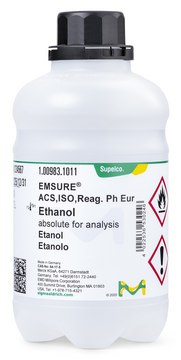L0511
Lectin from Lens culinaris (lentil)
Sepharose™ conjugate, saline suspension
Synonym(s):
Lens culinaris agglutinin, LcH
About This Item
Recommended Products
conjugate
Sepharose™ conjugate
Quality Level
form
saline suspension
extent of labeling
~2 mg per mL
matrix
Sepharose 4B
capacity
15 mg/mL binding capacity (porcine thyroglobulin)
storage temp.
2-8°C
Looking for similar products? Visit Product Comparison Guide
Related Categories
1 of 4
This Item | 65348-M | 1.59010 | R8382 |
|---|---|---|---|
| application(s) diagnostic assay manufacturing | application(s) diagnostic assay manufacturing, histology | application(s) environmental | application(s) hematology |
| Quality Level 200 | Quality Level 200 | Quality Level 300 | Quality Level 200 |
| form liquid | form liquid | form liquid | form solution |
| transition temp flash point 12 °C (Information refers to the main component.) | transition temp - | transition temp flash point 17 °C | transition temp - |
| storage temp. 10-30°C | storage temp. 10-30°C | storage temp. 2-30°C | storage temp. room temp |
Biochem/physiol Actions
Physical form
Legal Information
signalword
Warning
hcodes
Hazard Classifications
Flam. Liq. 3
Storage Class
3 - Flammable liquids
wgk_germany
WGK 1
flash_point_f
104.0 °F - closed cup
flash_point_c
40 °C - closed cup
ppe
Eyeshields, Faceshields, Gloves, type ABEK (EN14387) respirator filter
Choose from one of the most recent versions:
Already Own This Product?
Find documentation for the products that you have recently purchased in the Document Library.
Customers Also Viewed
Our team of scientists has experience in all areas of research including Life Science, Material Science, Chemical Synthesis, Chromatography, Analytical and many others.
Contact Technical Service














